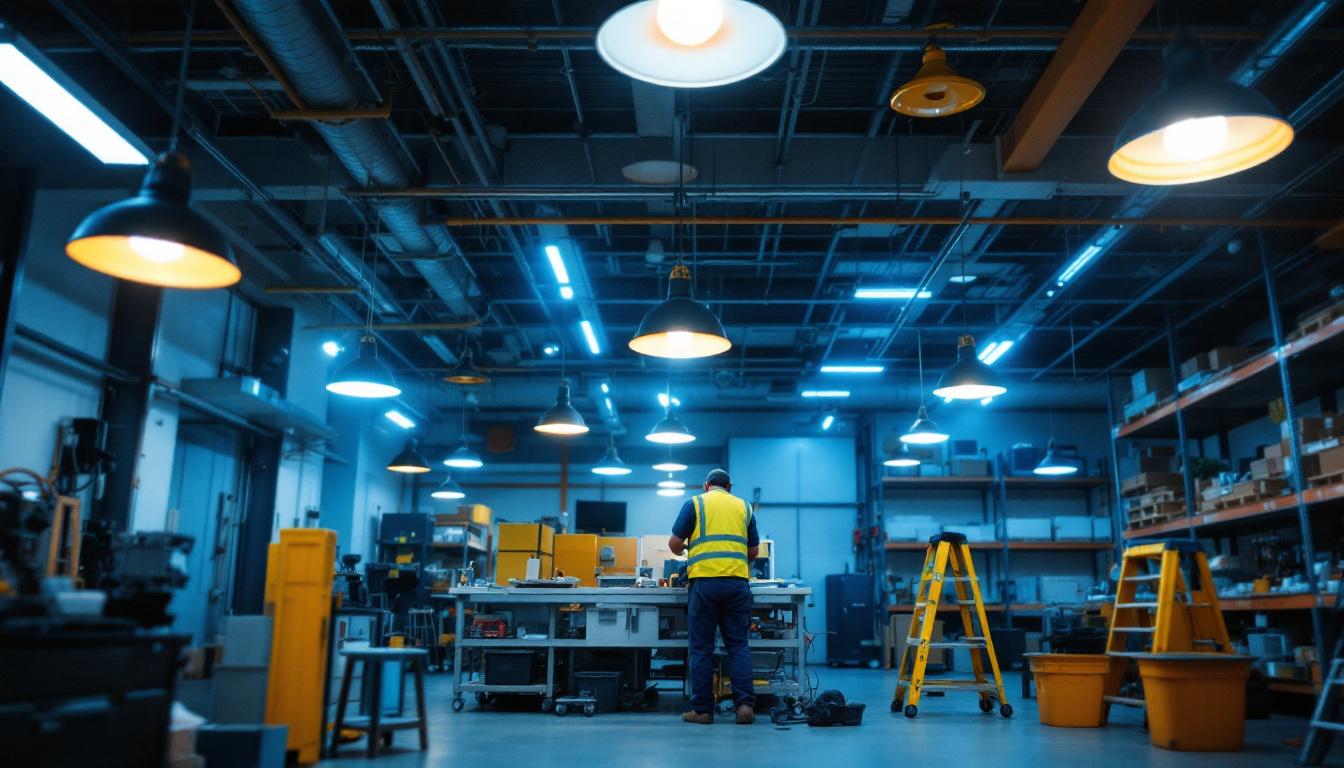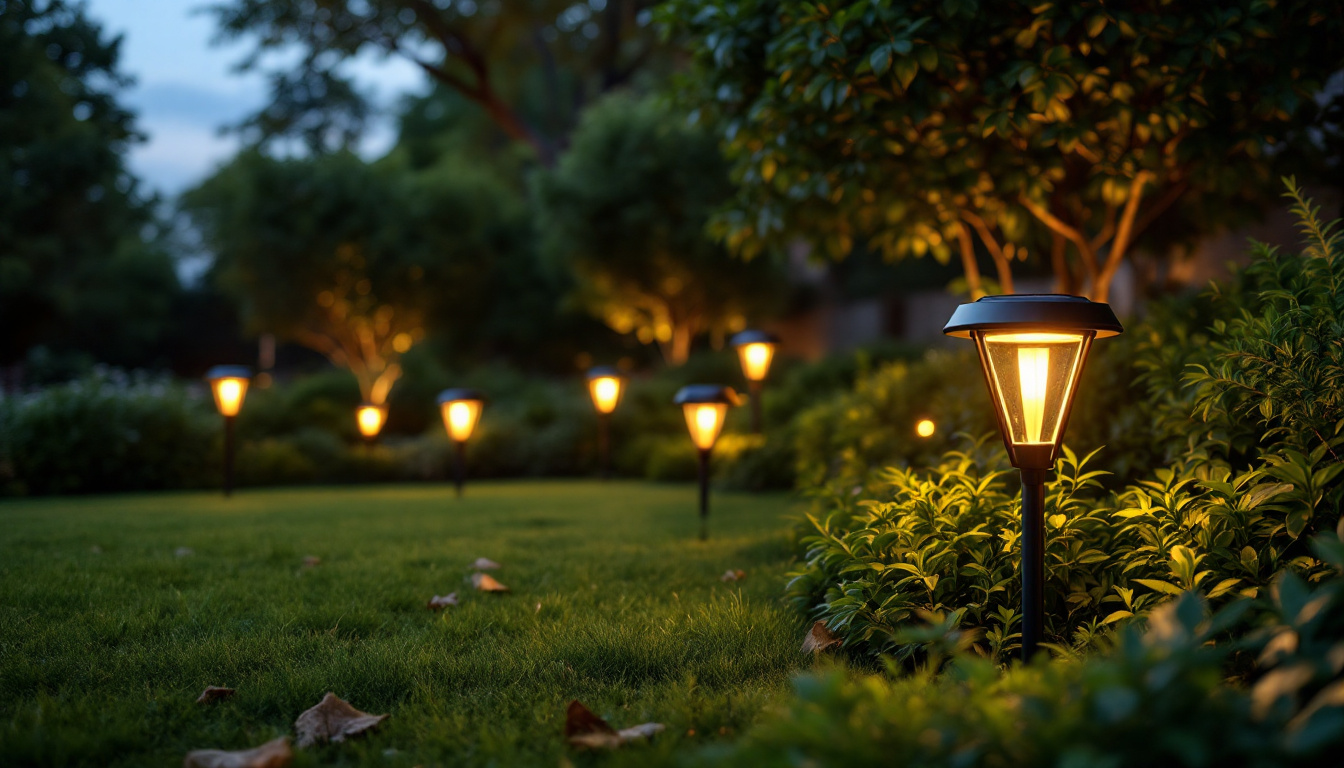
In the world of commercial lighting, shop lights play a crucial role in ensuring that workspaces are adequately illuminated. For lighting contractors, understanding the various options available in commercial electric shop lights is essential for delivering quality installations that meet client needs. This guide aims to provide insights into the types, features, and best practices for selecting and installing commercial electric shop lights.
Commercial electric shop lights are designed to provide bright, efficient lighting for various applications, including warehouses, retail spaces, and workshops. These lights come in various styles, sizes, and technologies, making it essential for contractors to understand their options. With the right lighting, businesses can enhance productivity, improve safety, and create a welcoming atmosphere for both employees and customers. The choice of lighting can significantly impact not only the functionality of a space but also its aesthetic appeal.
There are several types of commercial shop lights available on the market, each with its own advantages and applications. The most common types include:
When selecting commercial electric shop lights, several key features should be considered to ensure optimal performance:
In addition to these features, it’s also crucial to consider the installation process and the maintenance requirements of the chosen lighting solution. Some lights may require professional installation, while others can be easily mounted by the business owner. Regular maintenance, such as cleaning fixtures and replacing bulbs, can also extend the life of the lighting system and ensure optimal performance. Furthermore, advancements in smart lighting technology are making it possible for businesses to control their lighting systems remotely, allowing for greater flexibility and energy management.
Proper installation of commercial electric shop lights is crucial for ensuring safety and maximizing efficiency. Lighting contractors should adhere to best practices to achieve optimal results.
Before installation, it is essential to plan the layout of the lighting fixtures. Consider the following factors:
In addition to the basic layout considerations, it is also beneficial to evaluate the color temperature of the lights. Different tasks may require different lighting temperatures; for instance, a cooler light (around 5000K) is often more suitable for detail-oriented work, while warmer lights (around 3000K) can create a more inviting atmosphere for general use. Moreover, incorporating adjustable lighting solutions can provide flexibility, allowing for changes in task requirements or preferences over time. This adaptability can enhance productivity and comfort in the workspace.
Safety is paramount when installing commercial electric shop lights. Ensure that all wiring adheres to local electrical codes and regulations. Consider the following safety measures:
Furthermore, implementing a thorough inspection process post-installation can significantly mitigate risks. This includes checking for any loose connections, ensuring that all fixtures are securely mounted, and verifying that all safety features, such as emergency shut-off switches, are functioning correctly. Regular maintenance checks should also be scheduled to address any wear and tear, which can compromise safety over time. By prioritizing these safety measures, contractors not only protect the integrity of the installation but also safeguard the well-being of the individuals who will be working in the space.
As energy costs continue to rise, energy efficiency has become a significant consideration for commercial lighting installations. Lighting contractors can play a vital role in promoting sustainable practices through their choices.
Opting for energy-efficient lighting solutions, such as LED fixtures, can significantly reduce energy consumption. LED shop lights not only consume less power but also have a longer lifespan, reducing the need for frequent replacements.
Smart lighting technology offers an additional layer of energy efficiency. Features such as motion sensors, dimming capabilities, and programmable schedules can help reduce energy usage by ensuring lights are only on when needed. Contractors should consider integrating these technologies into their designs to enhance functionality and sustainability.
Regular maintenance is essential for ensuring the longevity and performance of commercial electric shop lights. Lighting contractors should educate clients on proper maintenance practices to prolong the life of their lighting systems.
Conducting regular inspections of lighting fixtures can help identify potential issues before they become significant problems. Look for signs of wear, such as flickering lights or discoloration, which may indicate the need for replacement or repair.
Dust and debris can accumulate on light fixtures, reducing their efficiency and brightness. Regular cleaning of fixtures and surrounding areas is essential to maintain optimal performance. Contractors can recommend specific cleaning schedules based on the environment and usage.
Lighting contractors must stay informed about local regulations and compliance standards related to commercial lighting installations. Understanding these regulations is crucial for ensuring that installations meet safety and efficiency requirements.
Familiarity with local building codes is essential for contractors. These codes often dictate the types of fixtures that can be used, their placement, and energy efficiency standards. Compliance with these codes not only ensures safety but also protects contractors from potential liabilities.
Many regions have implemented energy efficiency standards that govern commercial lighting installations. Contractors should be aware of these standards to ensure that their projects comply with regulations, which can also lead to potential rebates or incentives for clients.
The commercial lighting industry is continually evolving, with new technologies and trends emerging regularly. Staying informed about these trends can help lighting contractors provide cutting-edge solutions to their clients.
Human-centric lighting focuses on creating environments that enhance well-being and productivity. This approach considers factors such as color temperature and intensity, aiming to mimic natural daylight. Contractors can explore options that incorporate human-centric principles to improve the quality of light in commercial spaces.
As smart technology becomes more prevalent, integrating lighting systems with building management systems (BMS) is gaining traction. This integration allows for centralized control of lighting, heating, and cooling, optimizing energy usage and enhancing overall building efficiency.
Commercial electric shop lights are a vital component of effective lighting design in various commercial settings. For lighting contractors, understanding the types, features, and best practices associated with these fixtures is essential for delivering quality installations. By prioritizing energy efficiency, compliance with regulations, and staying abreast of industry trends, contractors can ensure that their projects not only meet client expectations but also contribute to sustainable practices in the industry.
Ultimately, the role of lighting contractors extends beyond installation; it encompasses education, guidance, and the provision of innovative solutions that enhance the functionality and aesthetics of commercial spaces. By embracing these principles, contractors can position themselves as trusted partners in the ever-evolving world of commercial lighting.
Ready to elevate your lighting installations with the highest quality commercial electric shop lights? Look no further than LumenWholesale, where we provide lighting contractors with spec-grade products at unbeatable wholesale prices. Say goodbye to local distributor markups and hello to our extensive selection that meets rigorous industry standards. With LumenWholesale, you’ll enjoy the convenience of bulk buying with free shipping, ensuring your projects shine with reliability and performance. Don’t compromise on quality or value—discover the best in wholesale lighting and make your next installation a beacon of excellence.

Discover how modern exterior house lights are revolutionizing efficiency for lighting contractors.

Discover the transformation of outdoor illumination with solar lawn lights.

Discover the common oversights lighting contractors make when designing outdoor spaces.

Discover the pros and cons of semi flush mount lighting compared to other popular options.